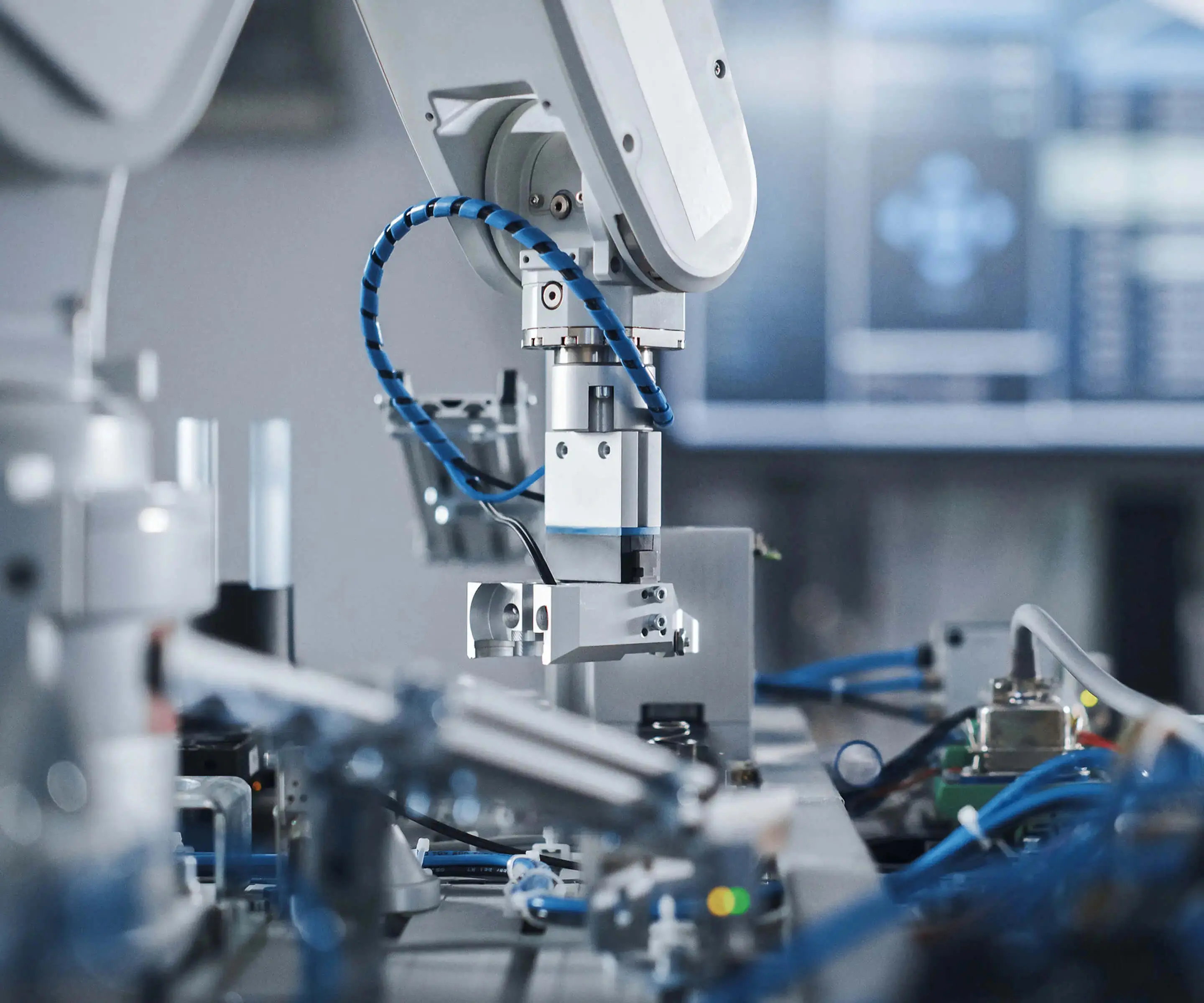Ever been just cruising along with your microservices setup—handling request traffic, data exchanges, all that good stuff—when suddenly, everything slows to a crawl? Maybe one part of your system gets overwhelmed, or one service throws a fit and refuses to cooperate. That’s when a circuit breaker steps into the spotlight. Think of it like a traffic light for your digital roads, preventing chaos before it even starts.

In the world of microservices, a circuit breaker acts as a safeguard, stopping failures from cascading across your entire system. It’s a smart mechanism that keeps your system intact when things go wrong. Imagine a service that’s temporarily overloaded—without a circuit breaker, every request keeps trying to go through, only to time out or cause more errors. That could lead to downtime, headaches, and a lot of troubleshooting. The circuit breaker detects the problem, trips, and halts the flow of requests to that particular service, preventing the issue from spreading and giving the troubled service some breathing room to recover.
So what makes a circuit breaker tick? Well, it’s pretty straightforward: it monitors error rates and response times. When certain thresholds are crossed—say, 50 failed requests in a minute or response times soar beyond what’s acceptable—it trips. Once tripped, it enters an open state, where it blocks requests to the failing service temporarily. During this downtime, some smart circuit breakers will even serve a fallback response, like a cached message or a simplified page, helping users still get something instead of nothing.
Here’s a quick mental image: you’re streaming on a platform, the video suddenly stalls, but instead of crashing your app, the system returns a friendly message or a cached version. That’s what the circuit breaker does—it keeps the experience smooth, even when parts of your system hit snags. It’s like a safety net, a way to keep the whole circus from tumbling down just because one performer stumbled.
You might wonder, “Isn’t this just delaying the inevitable? Why not fix the actual problem?” It’s a valid point. But in complex microservice environments, fixes take time, and yesterday’s failure won’t always be today’s fix. The circuit breaker offers an elegant way to manage failures gracefully, giving your system a little breathing space while working behind the scenes to rectify issues.
Imagine running a high-traffic e-commerce platform. Overloaded during a flash sale? The circuit breaker kicks in, preventing the checkout process from falling apart completely. Customers see polite messages or temporary outages instead of a total system crash. It’s a delicate balance—stopping the cascade of failures but not shutting everything down entirely.
So, if you’re looking at your microservice architecture and want a way to keep things resilient, a circuit breaker is the unsung hero. It’s not just about preventing failure; it’s about controlling it, managing expectations, and keeping your system lively under pressure. When you ensure your system can handle stress and recover smoothly, you create trust—trust in a platform that can handle whatever comes its way.
Established in 2005, Kpower has been dedicated to a professional compact motion unit manufacturer, headquartered in Dongguan, Guangdong Province, China. Leveraging innovations in modular drive technology, Kpower integrates high-performance motors, precision reducers, and multi-protocol control systems to provide efficient and customized smart drive system solutions. Kpower has delivered professional drive system solutions to over 500 enterprise clients globally with products covering various fields such as Smart Home Systems, Automatic Electronics, Robotics, Precision Agriculture, Drones, and Industrial Automation.




































